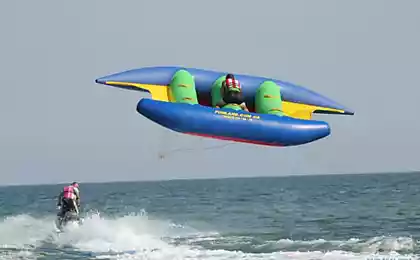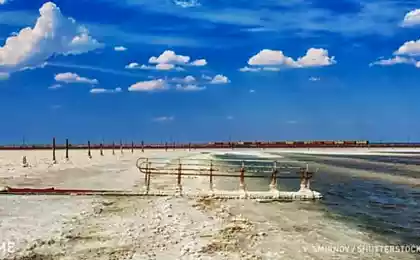1199
The Curonian Spit
Curonian Spit - a long sandy peninsula 98 km (Russian part - 48 km), a width of 400 m to 4 km. The top of the peninsula in the north, near the city of Klaipeda (Lithuania), a narrow strait separated from the mainland, and the base from Zelenogradsk (RF), rests on the Sambian Peninsula. By its dimensions, length and altitude of sand dunes, beautiful landscapes, rich flora and fauna, the Curonian Spit among similar formations in Europe is unparalleled.
Next 32 photos of this unique place. I saw with my own eyes. Impressions of the sea. Emotions positive
© CatrinTheBest
= 1 =

Curonian Spit is a narrow strip separates the salty Baltic Sea and freshwater Curonian Lagoon (the width of the spit from 400 meters at the narrowest point of up to four kilometers at its widest, that is, in some places, enough for about twenty minutes walk from the bay to the sea).
= 2 =
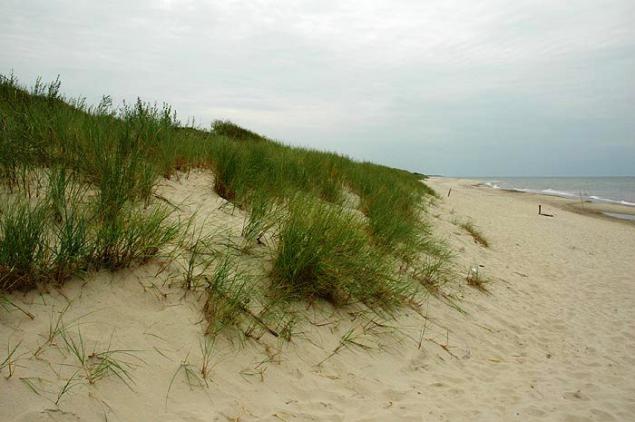
The landscape of the Curonian Spit, formed under the influence not only of natural processes, but human activities, embodied centuries of interaction between man and nature. Tribe Kurshiay (Kursiai), has long inhabited the Curonian Spit, has disappeared, but its ethnographic heritage still exists. Preserved under the sand and the remains of fishing villages buried by sand dunes in the XVIII - XIX centuries.
= 3 = Cos generally rich cultural heritage. It is unique in its scale defenses are extremely valuable in terms of history, science and art; blend well into the landscape of the settlement of fishermen; archaeological sites and monuments of religious architecture.
= 4 =

The climate of the Curonian Spit is different of the variability of weather, mild winters, moderately warm summer, warm autumn and cool spring.
= 5 =

In the Curonian Spit bird migration route passes, connecting Finland, Karelia and the Baltic states from the southern Europe and Africa. This is due to a unique high density of migratory birds in the flow of spring and autumn, which creates favorable conditions for their ringing. In 1901, the Curonian Spit Professor Thienemann was organized by one of the world's first ornithological station, since 1957 existing as a Biological Station Zoological Institute of Russian Academy of Sciences.
= 6 =

Curonian Spit - a truly unique corner of the planet Earth. Only here can one day see the sandy deserts and meadows, covered with moss and lichen, raw olshanniki and dry pine forests, boled pines and stunted thickets of mountain pine, deciduous forest and southern taiga, sandy hills and flat fields, mobile and fixed dunes, riding and fens, sandy beaches, which stretch for tens of kilometers, sea, flood and lake beaches, fishing villages and scientific stations.
= 7 =

In addition, there - on the Curonian Spit - are closely intertwined natural processes and human activities, fundamentally transformed the terrain and the nature of the peninsula during the last millennium. These processes continue today, causing the fragility and vulnerability of natural systems braids. Therefore, in 1987 it was founded here, among the first in Russia, the National Park "Curonian Spit».
In the photo - installations, called "fascines". They constrain the sand, not letting them move on and not fall asleep settlement.
= 8 =

The park is 7890 hectares. In the park there are three villages: Forest, Fishermen and Marine.
= 9 =

Entry to the Curonian Spit by car - paid (about $ 3 environmental fee). If you drive with a travel agency or a package tour by bus, environmental fee will be charged.
= 10 =

The Curonian Spit is one of the largest accumulative formations in the Baltic Sea and is included in the UNESCO World Heritage List in 2000 as an international (Russian-Lithuanian) natural and cultural site.
= 11 =
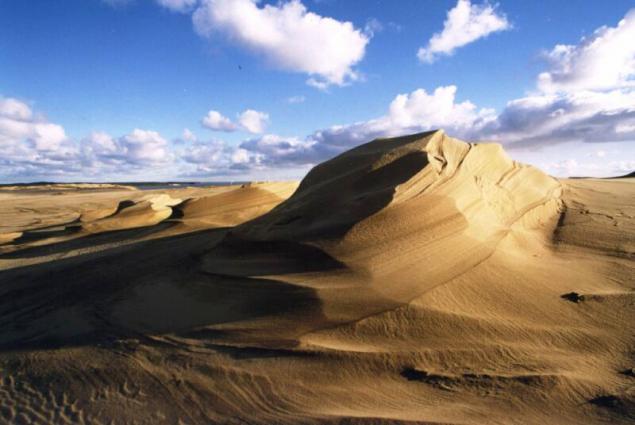
= 12 =

= 13 =

= 14 =
Dancing trees in the protected forest

= 15 =
Dancing Trees

= 16 =

= 17 =

= 18 =

= 19 =
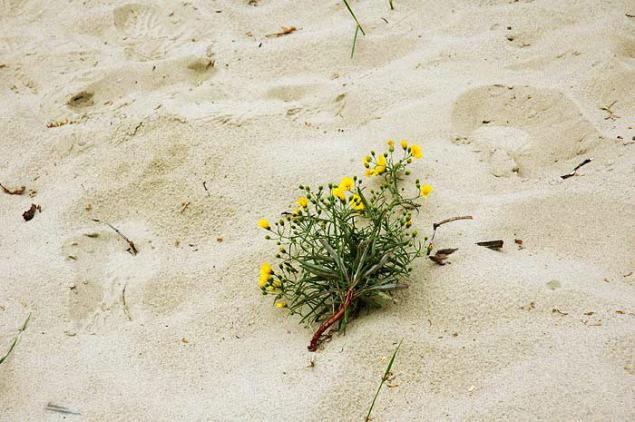
= 20 =

= 21 =

= 22 =

By the way, as they say guides, we were here filming the movie "White Sun of the Desert».
= 23 =

= 24 =
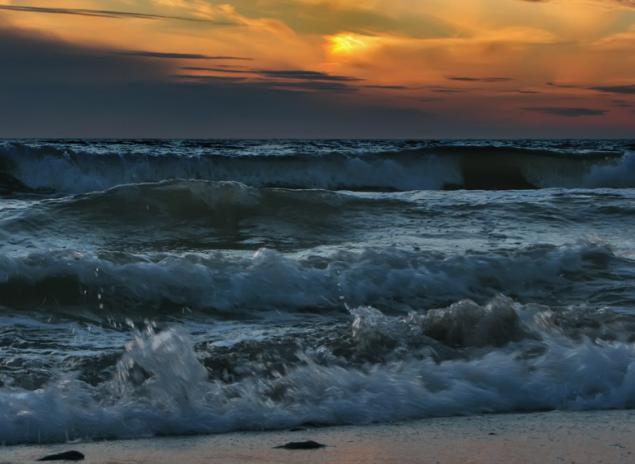
= 25 =

= 26 =
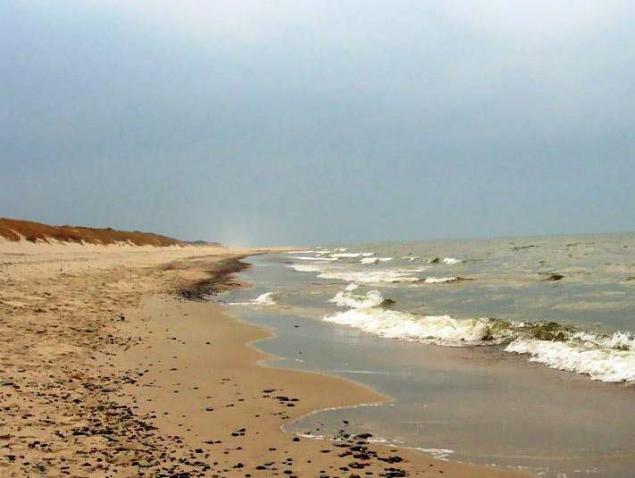
= 27 =

= 28 =
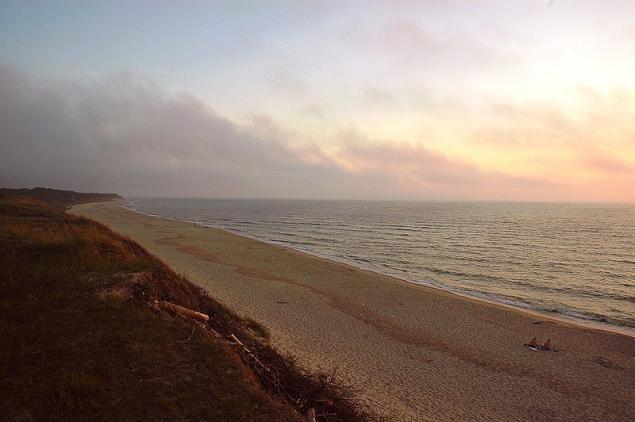
= 29 =

= 30 =

= 31 =

= 32 =
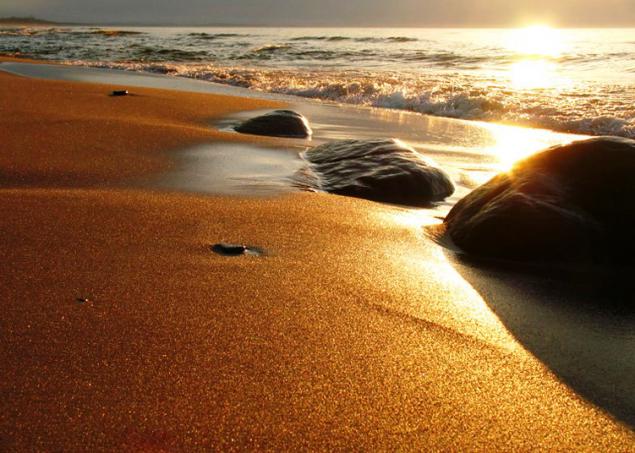
Source:
Next 32 photos of this unique place. I saw with my own eyes. Impressions of the sea. Emotions positive
© CatrinTheBest
= 1 =

Curonian Spit is a narrow strip separates the salty Baltic Sea and freshwater Curonian Lagoon (the width of the spit from 400 meters at the narrowest point of up to four kilometers at its widest, that is, in some places, enough for about twenty minutes walk from the bay to the sea).
= 2 =

The landscape of the Curonian Spit, formed under the influence not only of natural processes, but human activities, embodied centuries of interaction between man and nature. Tribe Kurshiay (Kursiai), has long inhabited the Curonian Spit, has disappeared, but its ethnographic heritage still exists. Preserved under the sand and the remains of fishing villages buried by sand dunes in the XVIII - XIX centuries.
= 3 = Cos generally rich cultural heritage. It is unique in its scale defenses are extremely valuable in terms of history, science and art; blend well into the landscape of the settlement of fishermen; archaeological sites and monuments of religious architecture.
= 4 =

The climate of the Curonian Spit is different of the variability of weather, mild winters, moderately warm summer, warm autumn and cool spring.
= 5 =

In the Curonian Spit bird migration route passes, connecting Finland, Karelia and the Baltic states from the southern Europe and Africa. This is due to a unique high density of migratory birds in the flow of spring and autumn, which creates favorable conditions for their ringing. In 1901, the Curonian Spit Professor Thienemann was organized by one of the world's first ornithological station, since 1957 existing as a Biological Station Zoological Institute of Russian Academy of Sciences.
= 6 =

Curonian Spit - a truly unique corner of the planet Earth. Only here can one day see the sandy deserts and meadows, covered with moss and lichen, raw olshanniki and dry pine forests, boled pines and stunted thickets of mountain pine, deciduous forest and southern taiga, sandy hills and flat fields, mobile and fixed dunes, riding and fens, sandy beaches, which stretch for tens of kilometers, sea, flood and lake beaches, fishing villages and scientific stations.
= 7 =

In addition, there - on the Curonian Spit - are closely intertwined natural processes and human activities, fundamentally transformed the terrain and the nature of the peninsula during the last millennium. These processes continue today, causing the fragility and vulnerability of natural systems braids. Therefore, in 1987 it was founded here, among the first in Russia, the National Park "Curonian Spit».
In the photo - installations, called "fascines". They constrain the sand, not letting them move on and not fall asleep settlement.
= 8 =

The park is 7890 hectares. In the park there are three villages: Forest, Fishermen and Marine.
= 9 =

Entry to the Curonian Spit by car - paid (about $ 3 environmental fee). If you drive with a travel agency or a package tour by bus, environmental fee will be charged.
= 10 =

The Curonian Spit is one of the largest accumulative formations in the Baltic Sea and is included in the UNESCO World Heritage List in 2000 as an international (Russian-Lithuanian) natural and cultural site.
= 11 =

= 12 =

= 13 =

= 14 =
Dancing trees in the protected forest

= 15 =
Dancing Trees

= 16 =

= 17 =

= 18 =

= 19 =

= 20 =

= 21 =

= 22 =

By the way, as they say guides, we were here filming the movie "White Sun of the Desert».
= 23 =

= 24 =

= 25 =

= 26 =

= 27 =

= 28 =

= 29 =

= 30 =

= 31 =

= 32 =

Source:









